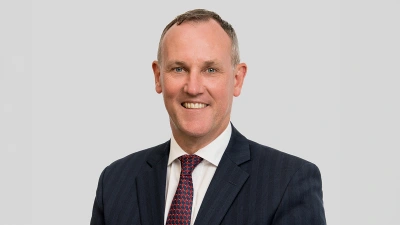AMP announces $200 million cost saving


Outgoing AMP chief executive officer Craig Dunn announced the company will cut $200 million in recurring costs over the next three years.
Furthermore, AMP announced substantial changes to its senior management structure.
“We are taking the opportunity to combine the AMP leadership team and the [Australian financial services] leadership team,” said incoming CEO, Craig Meller. “My first priority as chief executive officer will be to appoint members to that team.”
The $200 million cost saving will come from improving efficiency in back office operations, greater use of cloud computing, removing product duplication and creating greater office space efficiency.
However, Meller added the three-year plan would also see some head-count reduction.
“It is too early to have a view on what the numbers will be, but we’ll also be creating employment in the self-managed super fund business unit,” he said.
AMP yesterday released its half-year results, showing a 5.4 per cent increase in net profit to $393 million.
However, operating earnings for its wealth protection business were halved in comparison to the same period last year, mostly due to higher than expected levels of claims and insurance policy lapses.
Improving the performance of the wealth protection business is a critical goal for AMP.
“Success in this part of the business is about our ability to help customers get back to work sooner,” Dunn said, adding AMP will ramp up its customer retention campaigns and improve the pricing of its products.
“We know we can take actions to improve it - over short and medium term; [and] while we believe we can substantially improve our performance, the pace in which we do it is driven by industry trends,” Dunn added.
“You’ll see some upward pressure on premiums in the market but we need to make sure to drive that balance appropriately.”
When asked to comment on lapse rates, Dunn said the industry was seeing a fundamental shift in customer behaviour where people “simply aren’t holding on to their life insurance policies”.
“We need to review whether industry remuneration structures continue to be relevant.”
Recommended for you
AFCA has confirmed United Global Capital’s membership of the body will not be extended to accept further complaints, avoiding a repeat of the Dixon Advisory scenario.
Three of Australia’s largest financial advice groups have shared their thoughts with Money Management on whether they would include crypto on their approved product lists.
Shadow treasurer Angus Taylor has vowed to introduce a bill to legislate a raft of financial services reforms if the Coalition is elected.
Money Management examines the share price of financial advice licensees over one year to 31 March, with M&A actions in the final quarter having a positive effect for two licensees.














